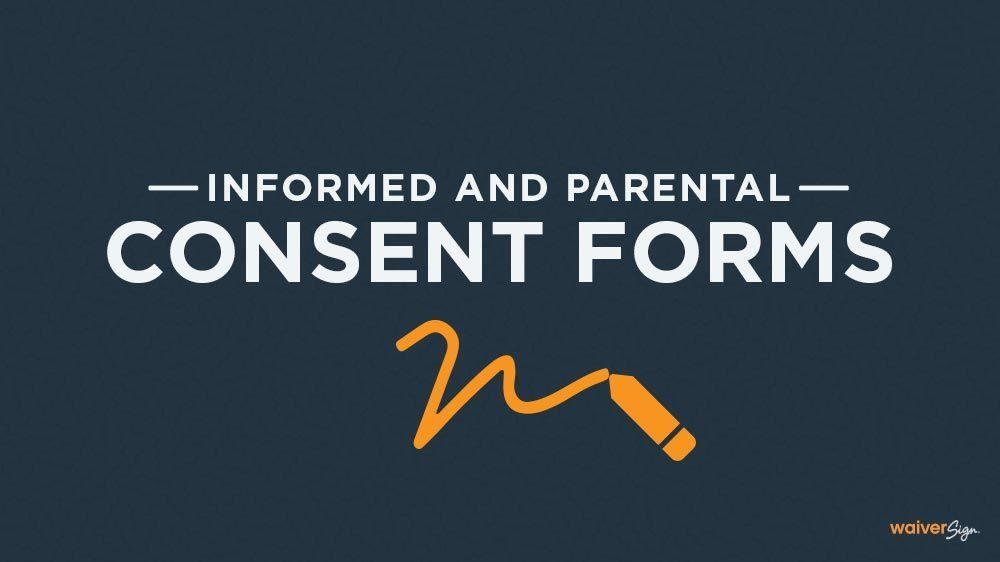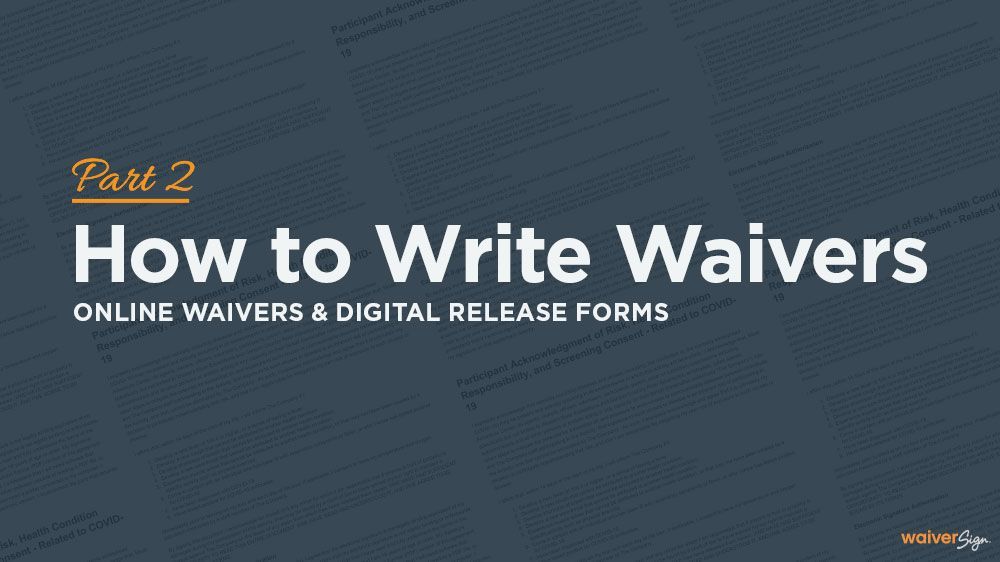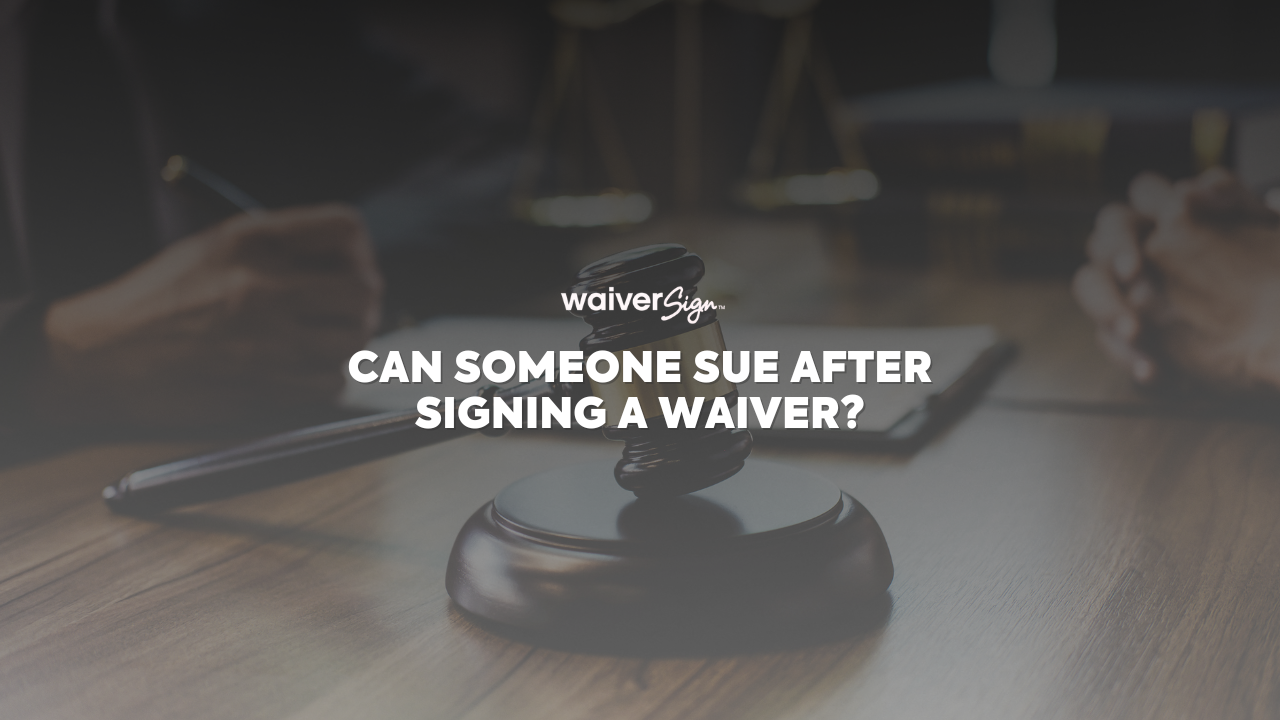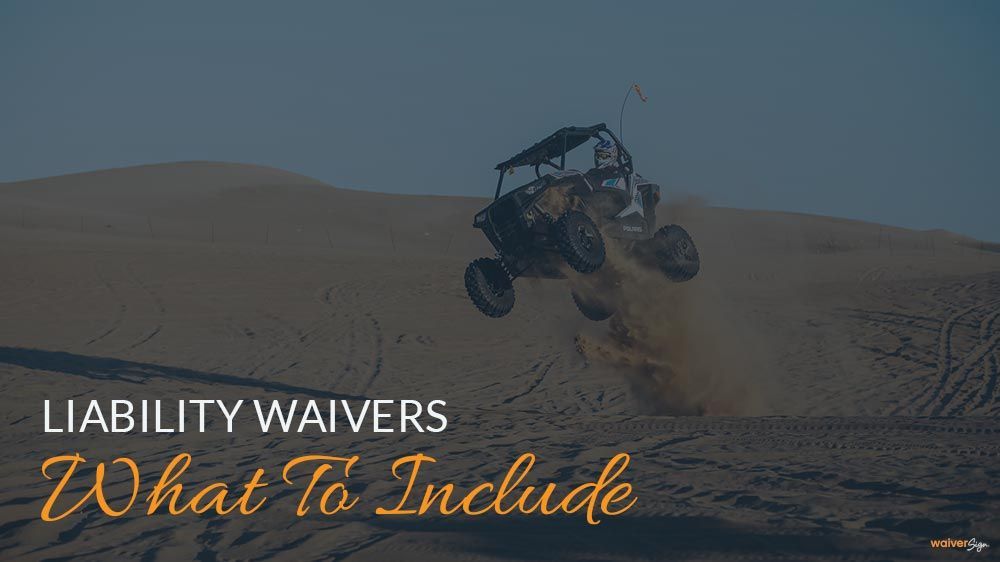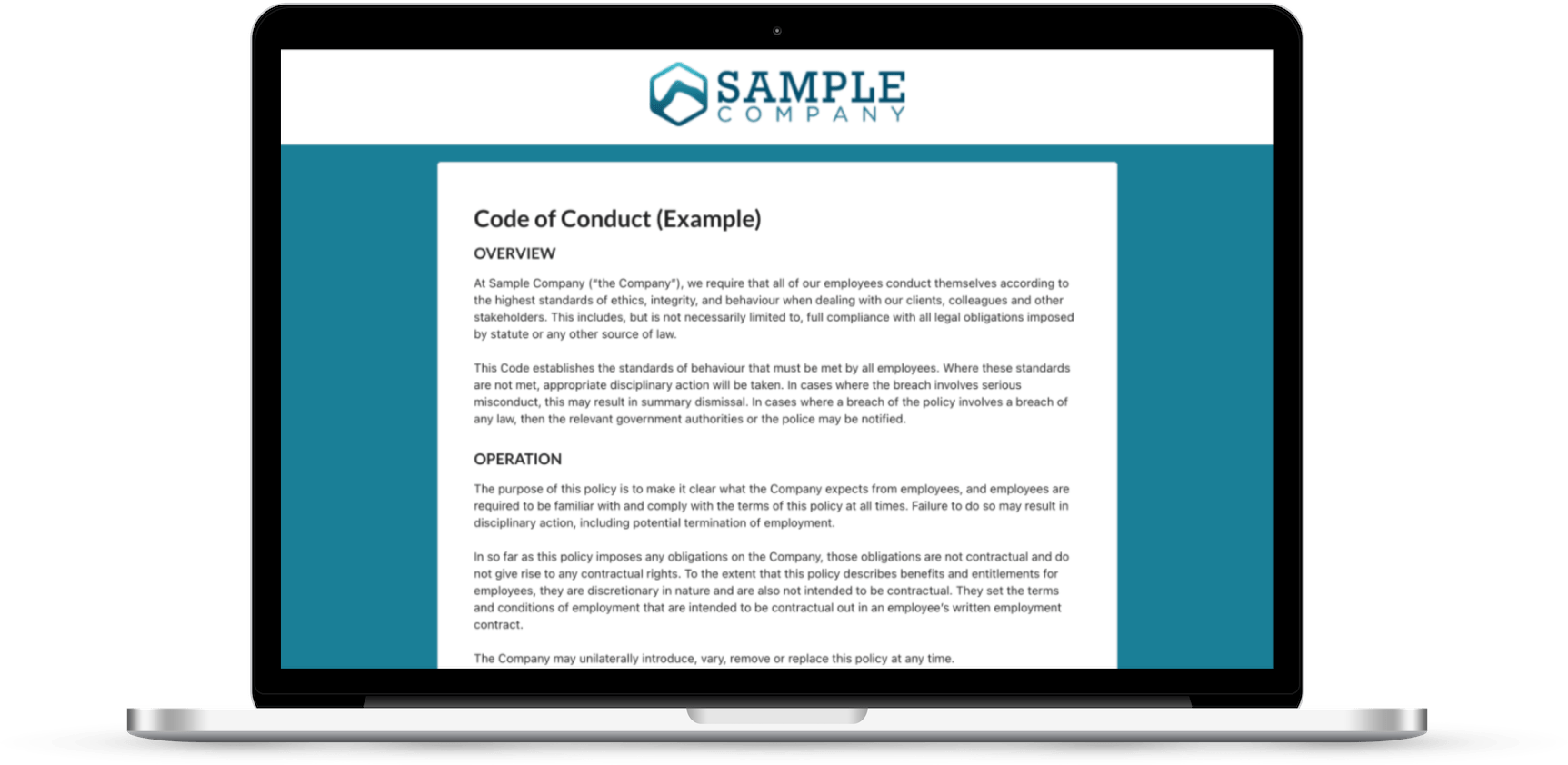Key Components of a Liability Waiver

Chun T. Wright
Washington DC-based attorney and former prosecutor at the US Attorney's Office, Chun serves as legal counsel to businesses across the country.
There are six key components that go into a liability waiver to make it a solid agreement. If some of these are overlooked or not included in your liability waiver, you may find yourself running into some substantial problems in the future. In this section, we'll provide a quick summary of those key sections so that you have a better idea of what to include in your liability waiver.
Inherent Risks
First, you want to declare the risks inherent in the activity. Really think about what type of risks your particular activities entail. Every risk relevant to the activity needs to be included, and irrelevant ones need to be avoided. A misstep here can leave a pretty gaping loophole, legally speaking.
What you're trying to do is to remove bases that can be used to make claims like a) I was not informed of every risk inherent in the activity or b) the waiver was not a good representation of the risks involved (since it included "risks" that weren't relevant to the activity).
Acknowledgment And Voluntary Assumption Of Risk
Next, you need the waiver to state that the signer is aware of the risks (as you've explained them in the waiver), and that they voluntarily accept them. Without this, they can still claim that they didn't know the risks, or that they never said they were ok with the risks.
Release Clause
After that, you need a release clause in the waiver. This is the part where it actually states that your business doesn't carry the burden of liability in the event of harm. More than anywhere else in the waiver, you need the language to be clear here. You want people to really understand what rights they're giving away, and if you try to soften the language, make it less conspicuous, or otherwise be less direct, you can run into problems.
Just understand that when a court scrutinizes the language and your waiver is not clear, or if it's sort of hidden, that's going to cut against you. The more direct and understandable you can be, the better.
Indemnification Clause
Liability waivers also, typically, have an indemnification clause. This is where a traveler agrees that they will be required to agree to pay for your defense costs as a company if they do anything that causes you to be sued. This serves as a further deterrent to lawsuits, as few travelers can afford to pay for both their legal fees and those of their opponent in court should they lose.
Forum Selection Or Venue Clause
Another important provision is a forum selection (also known as a venue clause). This is often an oversight by companies, but if you're doing business with international travelers and a dispute happens, the first question any lawyer will ask is "Where can the lawsuit be brought?"
There are a number of factors that go into that determination, but one is, did the parties contractually agree to a particular place in a particular form? Arbitration versus court, what geography, what law will govern, all those sorts of things need to be determined during a dispute, but that can be done beforehand by including it in the waiver.
Successors And Assigns
Another tip on releases is to make sure that in your release language that your successors and assigns are listed as parties against whom travelers are waiving their rights. Waiver clauses often fail to include successors and assigns, a fact that can cause headaches for whoever takes over your company after you.
Without a successors and assigns clause, if you sell your company, that waiver may not apply to the company that purchased it. Likewise, if you convert your entity into something else, that converted entity may not be covered either. So, be sure that the successors and assigns language is in the liability waiver or release.
Make The Liability Waiver A Standalone Document
Finally, you want to make sure that your waiver is clear and conspicuous by putting it into a standalone document if you can. A lot of companies don't like that. They feel like they don't want to scare away people, but that's actually the very point.
You can't completely eliminate disputes, so the next-best thing is discouraging them. Having a separate document does that in two ways. First, it screens out customers that are intimidated by having to sign multiple legal documents. Second, it puts all the information about the inherent risks in its own place, so it's more conspicuous and harder to ignore (which will also weed out customers unwilling to accept the risks).
Bottom line: a standalone waiver holds up in court much better than a waiver that's embedded within another form (like terms and conditions).
*As part of WaiverSign’s partnership with the Adventure Travel Trade Association (ATTA), we jointly hosted a webinar on August 25, 2020. In that webinar, Online Waivers & Digital Release Forms, lawyer and adventure travel legal expert Chun T. Wright discussed participant liability concerns, and how online waivers help with mitigation. This page was adapted from that presentation.
Other Sections:
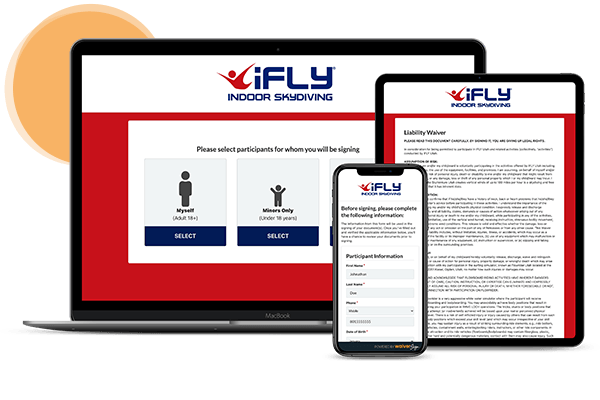
See If WaiverSign Works For You
Don't wait to make the next step in streamlining your business.
SHARE THIS BLOG POST


